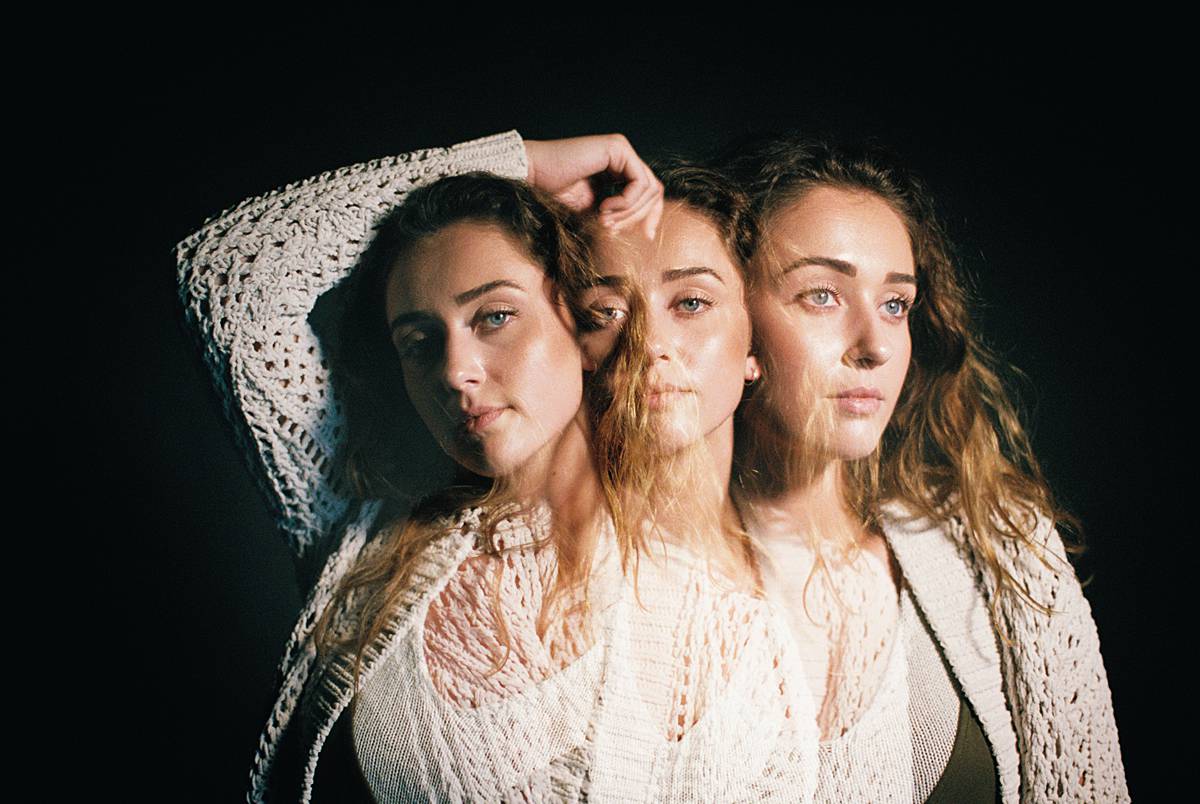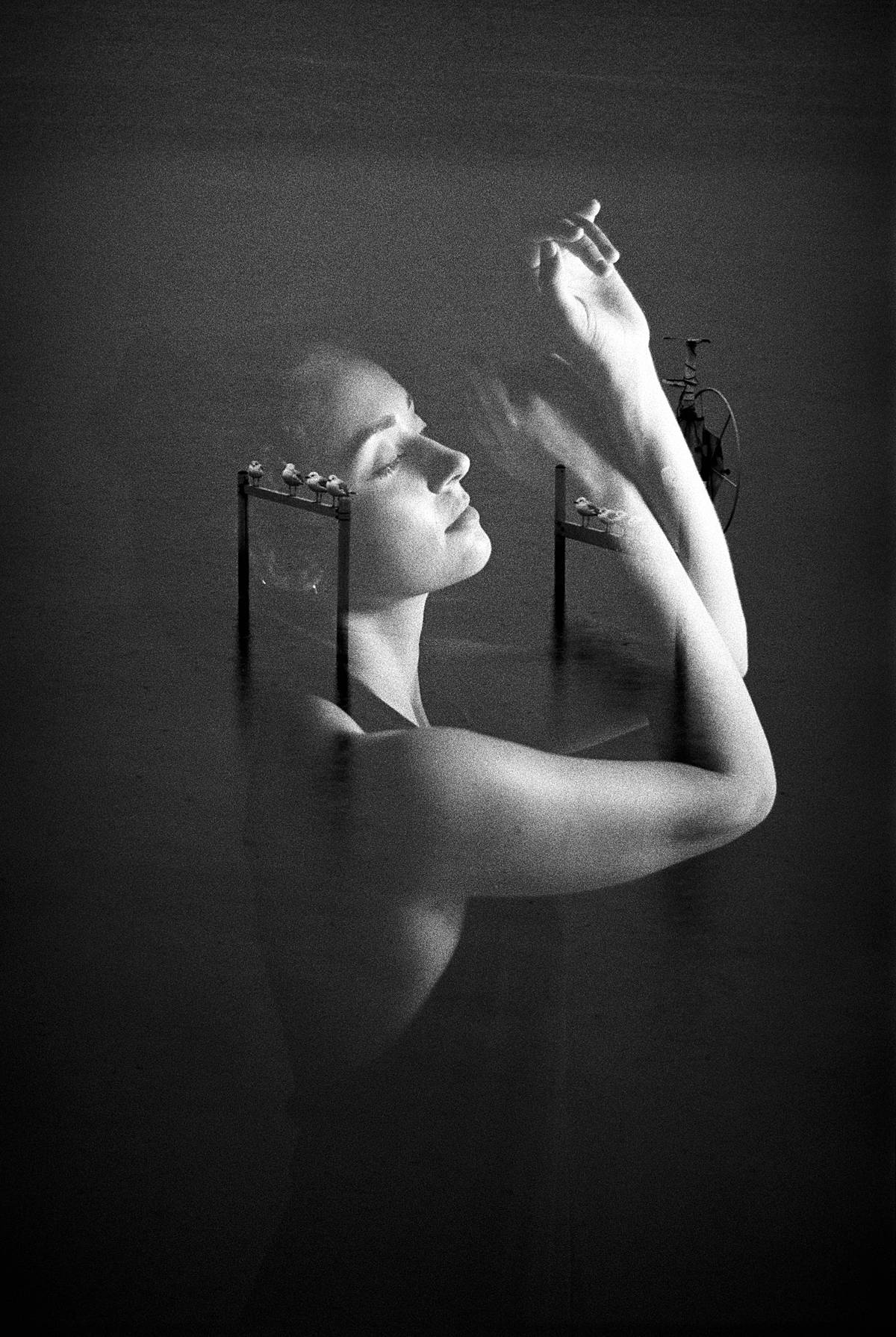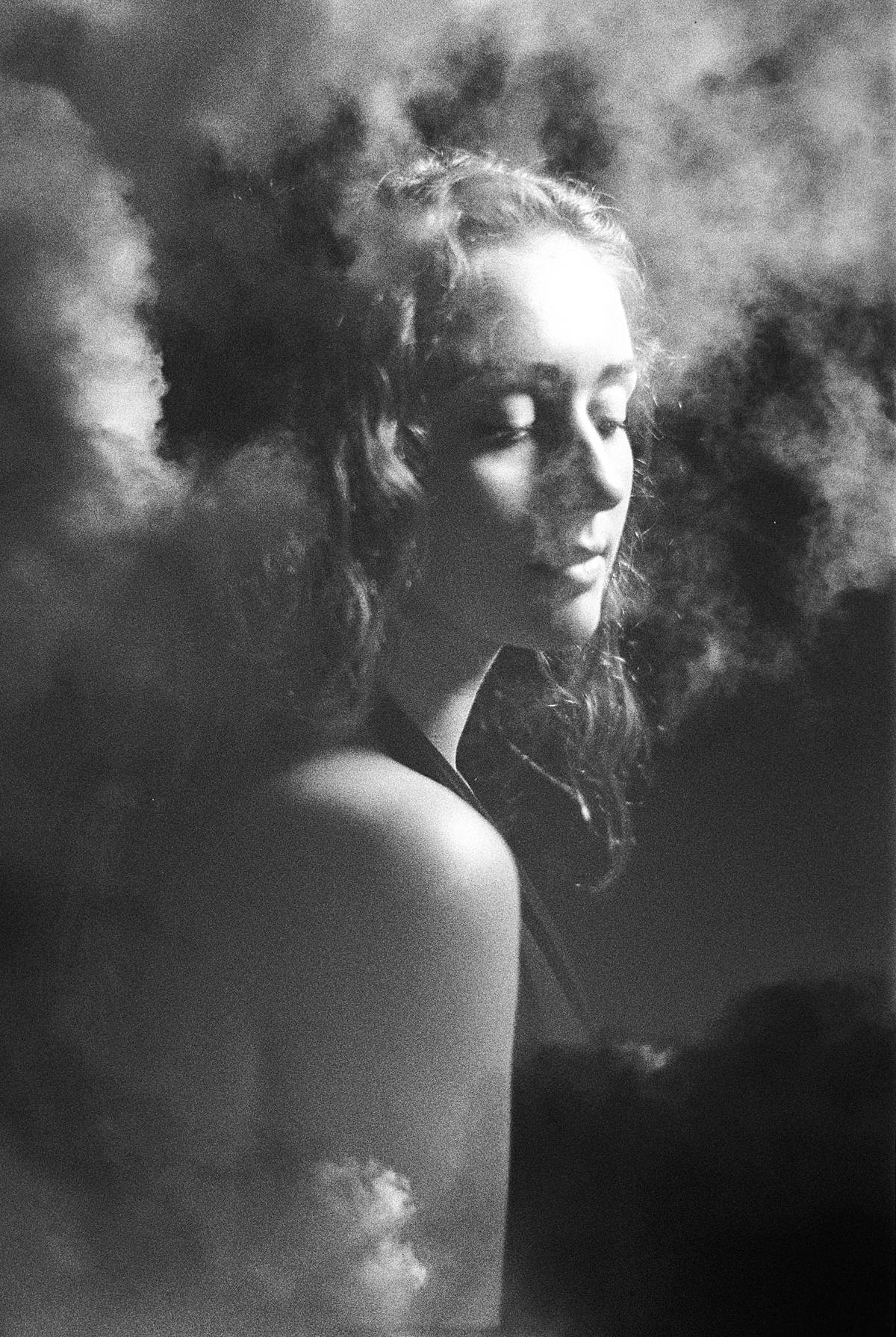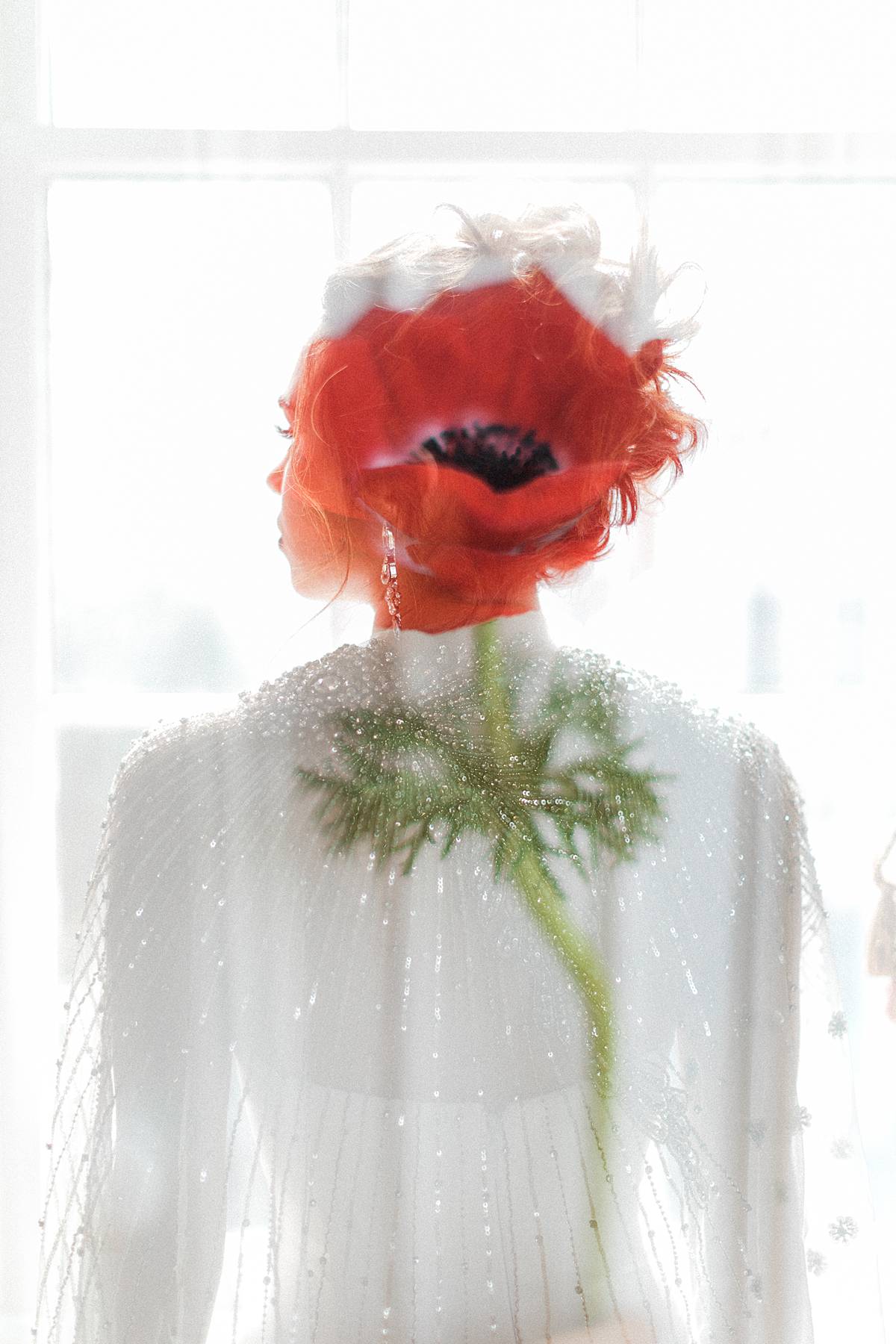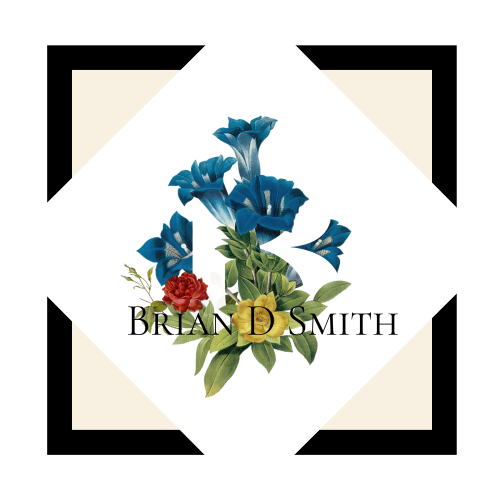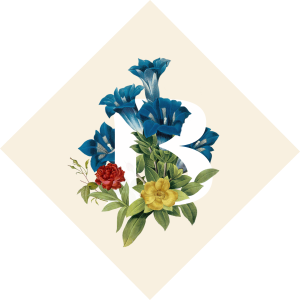How To - Tips and Tricks for Double Exposures on Film
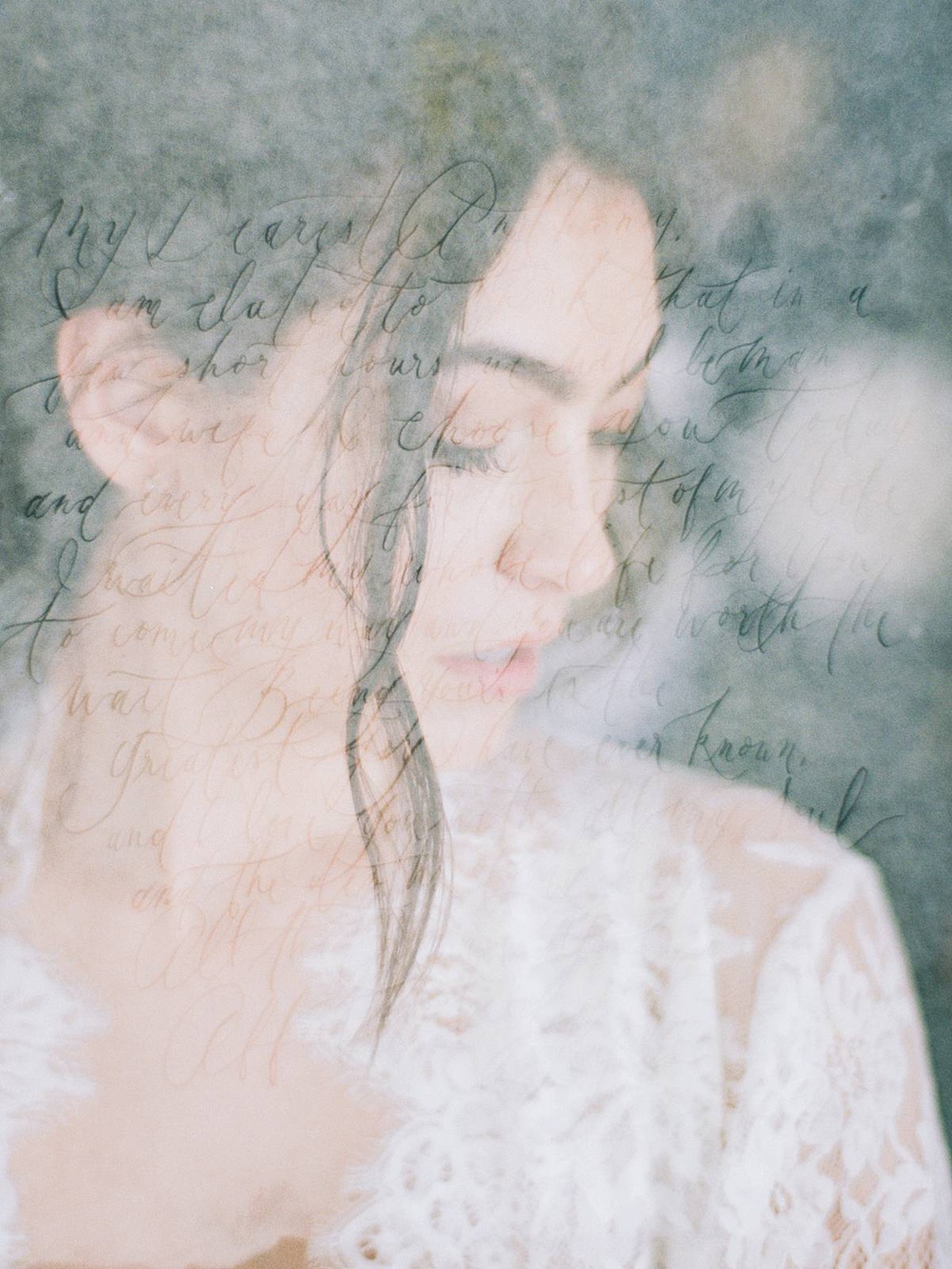
How To - Tips and Tricks for Double Exposures on Film
March 19, 2020, 6:36 p.m.
This is a how to post with tips and tricks for creating breathtaking double exposures. This blog post is tailored to double exposures on film, but the same ideas apply to digital! The image above was created using a Contax 645 and 80mm F2 and Kodak Portra 160 film rated at ISO 320.
How to rate the film
I almost always rate the film at twice the box iso speed. This means that I rate Portra 400 at 800, because you are exposing the film twice. Therefore exposing the film stock twice rated at ISO 800 gives the same effective exposure as once at ISO 400. 2 underexposed images yield one perfectly exposed image! If you are someone who likes film a bit more overexposed, you may consider rating at ISO 640 or 400. Medium format film has greater lattitude so you can easily overexpose it by 2-3 stops. I tend to prefer my film at box speed when doing single exposures, so rating at twice box speed for double exposures works best for me.
How to compose your double exposure image
The most important thing in composing a double exposure image, besides your subject matter, is the consideration of negative and positive space. For simplicity sake, I break it down into a primary and secondary subject. The primary subject is my portrait, and the secondary subject is my overlaying image.
Considerations for the primary subject
What I am looking for in the primary subject is separation between the backdground and the subject. The easiest way to think about this, to start, is to consider a backlit subject. The strong backlighting creates a blown out highlight around the subject. The secondary, overlay, image thus only appears over the primary subject because the background is blown out highlights. This creates a clearly defined subject, a silhouette, and keeps the double exposure from becoming too distracting.

Considerations for the secondary subject
For my secondary subject, the second exposure, I like to choose something with a lot of texture or a lot of color/contrast. Flowers are perfect for this! They have tons of texture and tons of variation in tonality and color to give you a really dynamic overlay on your subject.
More advanced double exposure techniques
Once you get the hang of the backlit double exposure, you can move on to more advanced techniques. The same principles still apply. The image, below, is a double exposure of a bride in front of a floral backdrop. The primary subject was the bride, and the secondary subject was an exposure of just the backdrop itself. When I composedthis image, I still wanted separation between the subject and the backdrop, but I wanted the secondary image to blend off into the background. This means that I still wanted a difference in light between the subject and background to create separation, but not so much as to create a silhouette. This works in the opposite direction as well. If subject was lit, and the backdrop was nearly black this would mean that the secondary subject would appear significantly clearer on the backdrop than on the subject and could be distracting. For this image, I metered about 1 stop difference between the light hitting the subject and the backdrop. This proved perfect!

The above image won Belle Lumiere Magazine's 2019 Summer Image Contest in the Double Exposure Category
Belle Lumiere Magazine Image Contest Winners
Which image do i shoot first?
I typically shoot the portrait image first because this is most critical in my composition. The composition of the secondary image is often less critical, so I like to get the portrait out of the way, knowing the framing I used for it, then choose the best framing for the secondary image.
How to compose double exposures
For most of my portrait double exposures, I employ the rule of thirds. For example, if I am shooting a portrait, I will place the subjects eyes through the top-third image line. This helps me keep a consistent framing and remember how to best compose the secondary image if it has been a while since I photographed the primary image.
How to expose for double exposures
This all totally depends on your lighting scenario. If you are shooting a heavily backlit subject like in the close up, floral image with the white surrounding above, I like to meter like I would a normal silhouette image. This means that I take a meter reading for the shadows, just like you would for a normal portrait, then I underexpose that by 2-3 stops. This keeps the highlights from being too blown out and means that the subject is darker and more of your secondary image will be able to overlay on top of the dark subject. Keep in mind that all of this is still being done with your meter or camera set to twice the box speed (i.e. ISO 800 for 400 speed film).
I DO NOT recommend doing two heavily backlit exposures as the primary and secondary subject. It usually works to do a backlit portrait subject and something more frontlit for the secondary subject to give it more texture and tonality.
When you are exposing for a frontlit primary subject or a primary subject in diffuse light, just exposure as you normally would for a portrait.
I wrote an article for my trusted film lab, Photovision, on the technique. Check it out for a more detailed depiction of composition in double exposure imagery.
Photovision Prints - Double Exposure Article
~~ ~~
If you are inspired by what you read, I'd love to invite you to reach out about the photography services I offer. My guarantee is that you won't find a photographer that cares more about you and your story than I. I'm endlessly passionate about telling stories on film and pushing the boundaries of art in wedding and portrait photography. I'd be thrilled to work for you and document your story, wedding or business in Charleston South Carolina or any destination abroad.
If you'd like more info about this post, would just like to chat, or are ready to book, reach out to me by visiting my contact page here!
Contact Brian D Smith Photography
Film Double Exposure Examples
